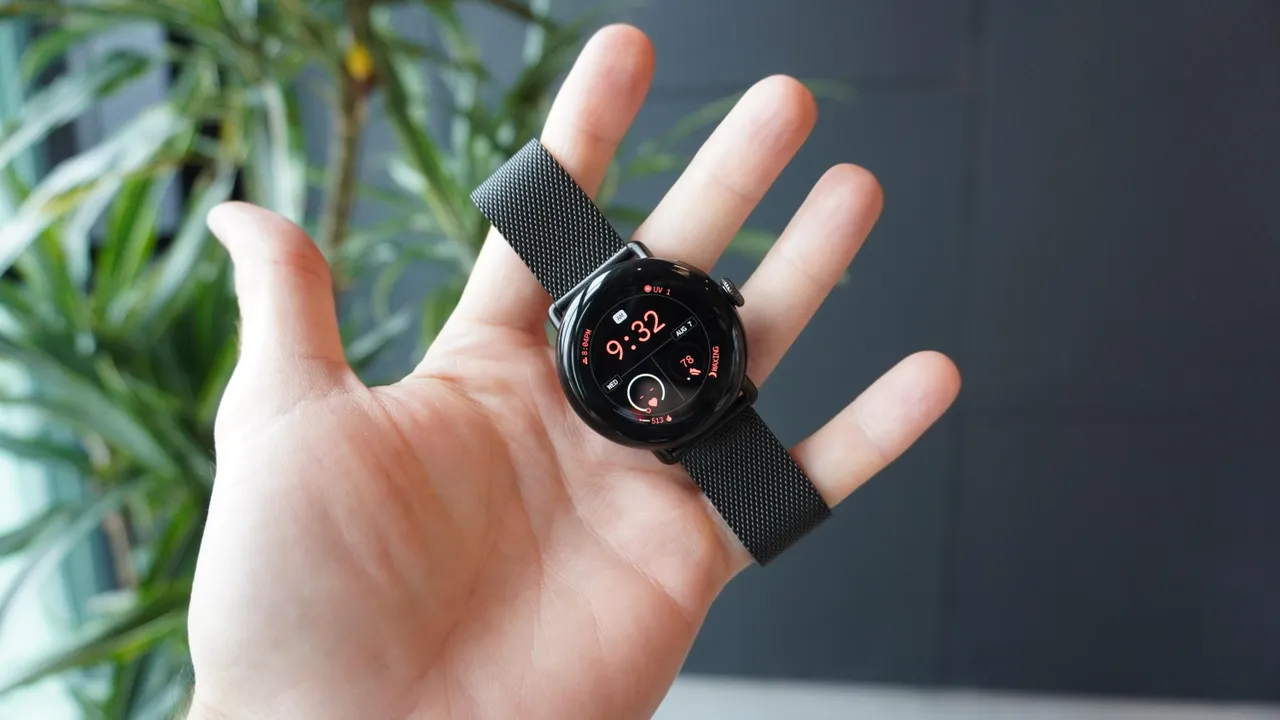Apple has extended its Self-Service Repair program to include the latest M3-powered Macs, providing users with the means to undertake their own repairs using genuine Apple parts and tools. This move is part of Apple’s ongoing efforts to enhance product longevity, repairability, and customer satisfaction.
Key Highlights:
- Expansion of Self-Service Repair to M3-powered Macs.
- Availability of over 200 individual parts and tools for various repairs.
- Introduction of a new diagnostics tool for comprehensive troubleshooting.
- The program is part of Apple’s commitment to sustainability and the Right to Repair movement.

Introduction
Apple’s Self-Service Repair program marks a significant step in empowering consumers to manage the maintenance of their devices. Initially launched for iPhone 12 and iPhone 13 models, the program now encompasses the latest Macs powered by Apple’s M3 chips, reflecting the company’s dedication to sustainability and the Right to Repair movement.
Program Expansion and Features
The program provides access to genuine Apple parts, tools, and detailed repair manuals. With over 200 individual components available, users can address the most common issues, such as screen and battery replacements. Apple’s introduction of a new diagnostics tool further enhances the program, offering users the same level of insight into their device’s health as authorized service providers.
Accessibility and Support
Available initially in the U.S. and now extended to several European countries, the Self-Service Repair program caters to users with the requisite experience in electronics repair. For those less confident in their repair skills, Apple continues to recommend utilizing professional services from its extensive network of Apple Authorized Service Providers and Independent Repair Providers.
Safety and Quality Assurance
Apple emphasizes the importance of using genuine parts for repairs to ensure the highest standards of safety, quality, and device performance. The program also encourages environmental responsibility by offering credits for returning replaced parts for recycling.
Conclusion
Apple’s expansion of its Self-Service Repair program to include M3-powered Macs is a commendable move that aligns with the growing consumer demand for more sustainable and repairable devices. It not only empowers users but also contributes to Apple’s broader environmental goals. While the program is a step in the right direction, it is part of a larger journey towards fully realizing the potential of the Right to Repair movement. As technology continues to evolve, so too will the opportunities for consumers to take charge of their device’s lifecycle, promoting a more sustainable and user-empowered future.









